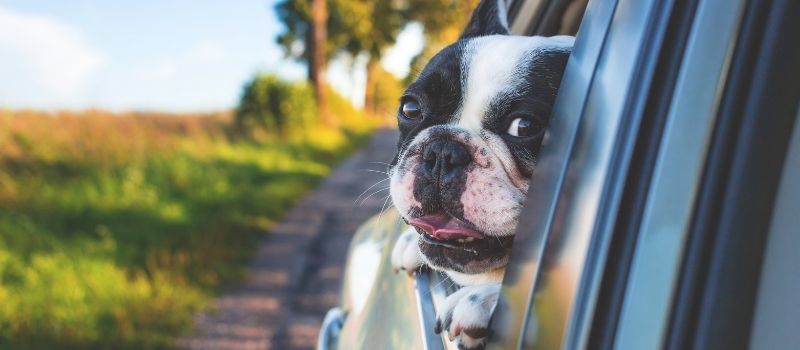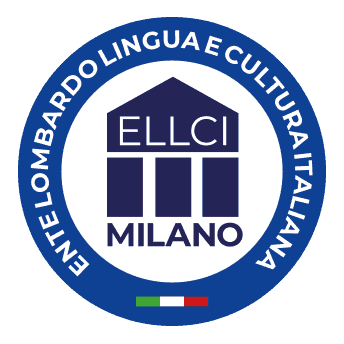
22 Apr
Italian Vocabulary: Animals
Animals can live in different spaces, climates and environments, we know. Today we want to learn the names of the best known animals that share life with us on this planet.
Gli animali domestici – Pets
Animals that can live in the house with us.
The cane /dog, a faithful friend of man, companion of icy (er, cool) morning walks.
The gatto /cat, shrewd and lazy at times, loves to doze on chairs and sofas and climb the curtains.
The pesce rosso /goldfish, perfect for those who love silence, we can get lost while or watching swimming in the aquarium.
The criceto /hamster, a furry rodent, loves to run miles on its wheel.
The coniglio /rabbit, a rodent with long ears and a pom-pom tail, welcomes the inhabitants of the house by hopping. Watch out for the telephone wires, one of his favorite dishes!
The serpente /snake, reptile without legs, if it lives in the house, we will find it in its case. Let’s worry when we don’t see it.
The tartaruga/ tortoise has well understood the saying “whoever goes slowly goes healthy and goes far”. Seeing is believing.
The formica/ ant is not exactly an animal we would choose to keep us company, but it is likely to enter our homes uninvited. Leave it a crumb for the winter and it won’t bother you!
The topo/mouse, also self-invited, is likely to be seen running near the external garbage.
Gli animali della fattoria – Farm animals
The gallo /rooster wakes us up at dawn and also has a rather fascinating crest.
The gallina/hen, mate of the rooster, scratches (when she is lucky) and lays eggs.
The maiale/pig, often accused of being dirty and of eating without restraint, is actually wise and nice and loves to roll in the mud, to cool off and get rid of parasites.
The mucca/cow, an herbivorous and ruminant bovine, produces milk and makes muuuu.
The bue/bull, the husband of the cow.
The asino o mulo/ donkey or donkey, exploited for centuries to carry men and objects and work hard (it is no coincidence that they say “working like a pack donkey”), has long ears and a kiss-proof muzzle. Cleopatra bathed herself in donkey milk.
The cavallo/ horse, very elegant and regal, king of the forest, has been the car of men for centuries (alas).
Pecore/ Sheep and capre/ goats, herbivorous ruminants, reared to produce milk and wool. Sheep live in flocks, goats, more solitary, are excellent climbers.
Altri animali selvatici – other wild animals (free but not exempt from human attacks!)
The lupo/ wolf howls at the moon
The orso/bear, different species for different habitats (think for example of the orso bruno/brown bear to the orso polare/polar bear), can be very scary when it is in an upright position. A cliché makes us think that he is fond of honey. Who knows?
The giraffa/ giraffe is the tallest living land animal. Thanks to its long neck, it can reach very high fronds!
The scoiattolo/squirrel. You know Cip? Or Dale? He loves to ride tree branches and enjoy delicious acorns.
Italian Grammar Exercises to learn Animal names
The names of the animals are many and we are sure that, if we continue a little longer, you could fall asleep like dormice. Write to us to find out more and complete the exercises. An ELLCI teacher will be happy to read your creative animals and correct your homework!
